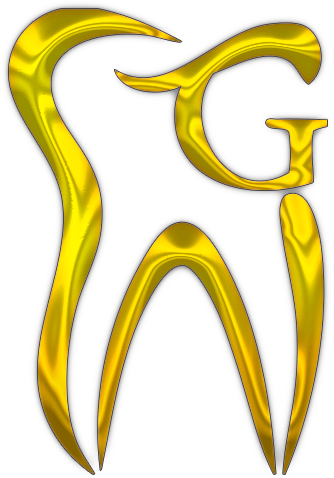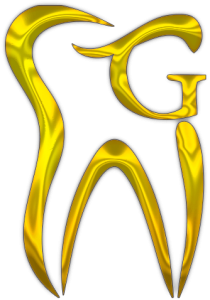Restoration (Filling):
The Completion of tooth material damaged as a result of decay (cavity), or trauma (broken tooth).
There are a number of types of restorations, divided into two main groups: tooth – color restorations (white filling) and amalgam restorations (silver).
In our clinic every type of restoration is used, according to the circumstances and patient’s needs. Each material has its own advantages and disadvantages, and careful consideration is given as to which material is best suited for the specific circumstance.
Tooth Whitening (bleaching):
The treatment is intended for anyone interested in “refreshing” the appearance of their teeth and in improving them, as a supplement to Prosthodontic treatment or as preparation for aesthetic restorations.
Tooth bleaching is suitable for most patients and the majority obtains excellent results! The procedure is done by “oxidizing” the pigment inside the teeth. The bleaching is performed gradually and carefully in order to prevent side effects and to control the degree of whitening. Bleaching does not damage or affect the tooth. This is a conservative treatment which usually produces excellent results.
All on 4 / All on 6
This is the nickname given to restoration incorporating a relatively small number of implants in each jaw (4-6), on to which are permanently attached (screwed) a denture which completes all the teeth. In other words all the teeth over only 4 or 6 implants. A restoration of this type is usually completed in one session (with either a general or local anesthesia), which is its main advantage.
It should be noted that restoration of an entire dental arch supported by such a small number of implants may be dangerous for the survival of the implants, as the load exerted on them during mastication and function of the mouth is great. Consequently there is controversy surrounding restoration of this type.
According to the text books it is preferable to disperse the teeth over a larger number of implants, 6-8, in the lower jaw and 8-10 in the upper jaw, especially for a permanent restoration. In those instances, when for any reason, it is not possible to perform an ideal number of implants; consideration should be given to making a removable denture (not fixed).
Digital X-Rays
In our clinic digital X-rays are taken using a digital sensor connected directly to a computer. The dominant advantages of digital x-rays:
Much less radiation than a usual x-rays, the x-ray photo appears on the computer screen immediately after it is taken, with no need to wait or use of developing material, and there is the ability of changing the size on the computer screen, so that it will be clearer for the dentist. In addition, it is possible to easily share the photo with other dentists or send it by e mail overseas…..

